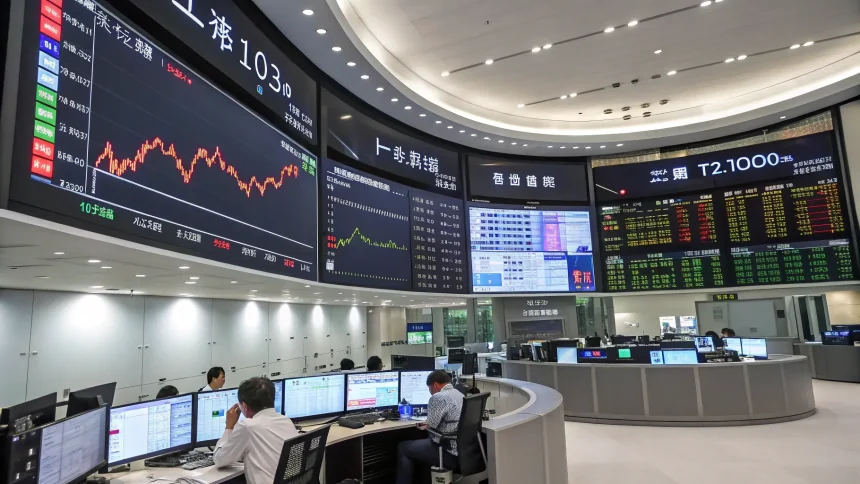Financial markets are showing notable activity today as several key stocks experience substantial price movements during premarket trading hours. These early trading patterns often set the tone for regular market hours and can indicate how investors are responding to overnight news, earnings reports, or other market-moving events.
Leading Market Movers
Multiple companies are seeing their share prices shift dramatically before the opening bell. These movements typically reflect investor reactions to recent corporate announcements, economic data releases, or global events that occurred after markets closed the previous day.
Trading activity in the premarket session, which runs from 4:00 AM to 9:30 AM Eastern Time before regular market hours, often provides early signals about market sentiment. While premarket volume is generally lower than during standard trading hours, significant price swings can indicate how stocks might perform when regular trading begins.
Factors Driving Today’s Movements
Several factors commonly contribute to substantial premarket stock movements. These include:
- Quarterly earnings reports that exceeded or missed analyst expectations
- Major corporate announcements such as mergers, acquisitions, or restructuring plans
- Regulatory developments affecting specific companies or sectors
- Macroeconomic data releases impacting market outlook
Institutional investors and professional traders make up the majority of premarket participants, as many retail trading platforms limit or don’t offer premarket access. This can sometimes result in price movements that don’t fully reflect broader market sentiment once regular trading begins.
Impact on Regular Trading Hours
Financial analysts note that while premarket movements can signal important trends, they don’t always translate directly to regular trading hours. The limited liquidity during premarket sessions can lead to more volatile price swings that may moderate once full market participation begins at 9:30 AM Eastern Time.
Market strategists recommend investors consider premarket movements as one indicator among many rather than making trading decisions based solely on these early patterns. The broader context of market conditions, company fundamentals, and overall economic indicators provides a more complete picture for investment decisions.
Trading volume typically increases significantly as the regular market opening approaches, with the final 30 minutes of premarket often showing the most activity and potentially more reliable price indications.
Investors watching these premarket movers should be aware that stocks showing the largest percentage gains or losses may face increased volatility throughout the trading day as market participants continue to react to the news driving these early movements.
As the regular trading session approaches, market participants will be closely monitoring whether these premarket trends continue or reverse, potentially creating opportunities or risks depending on their market positions and investment strategies.









